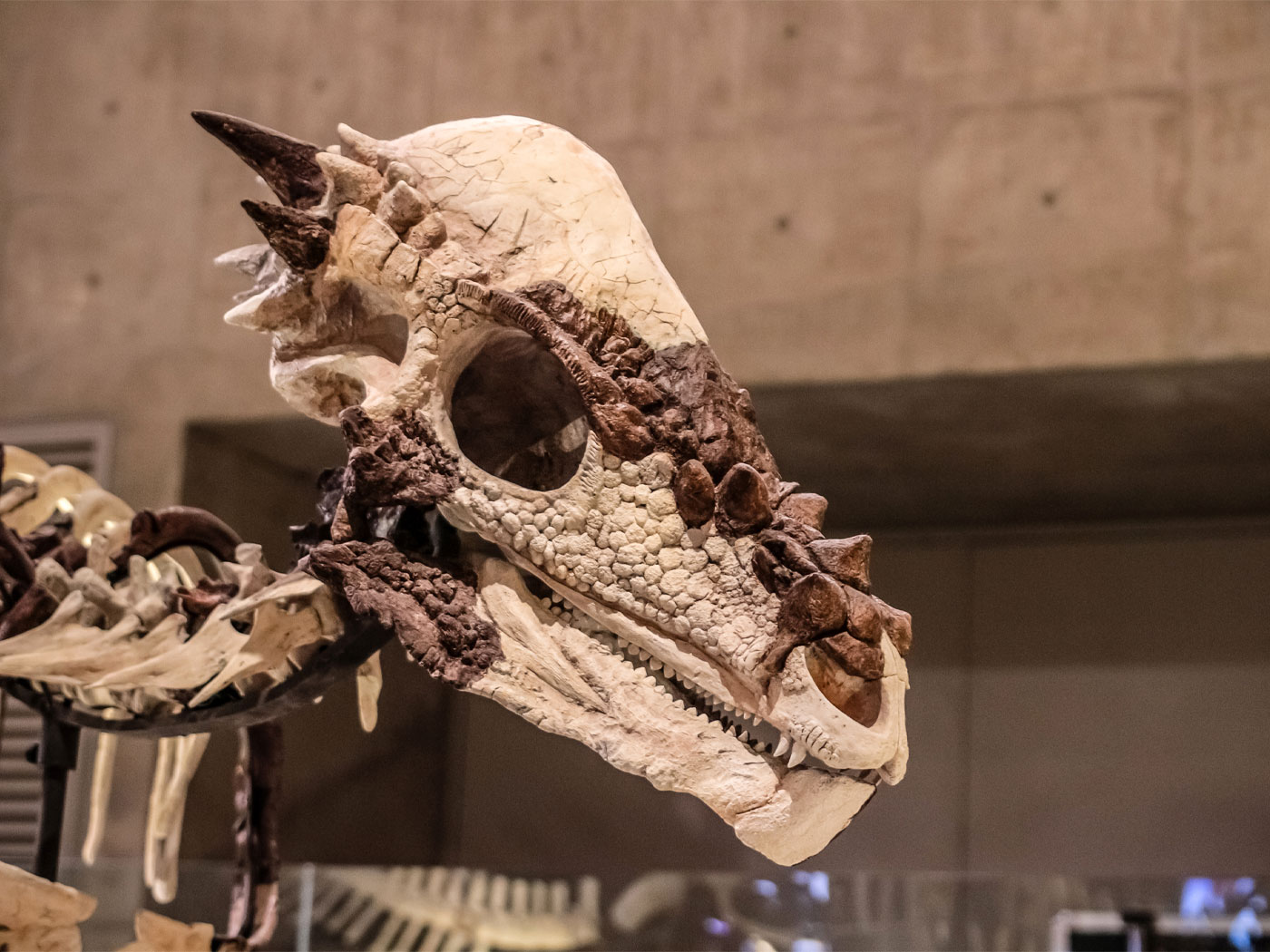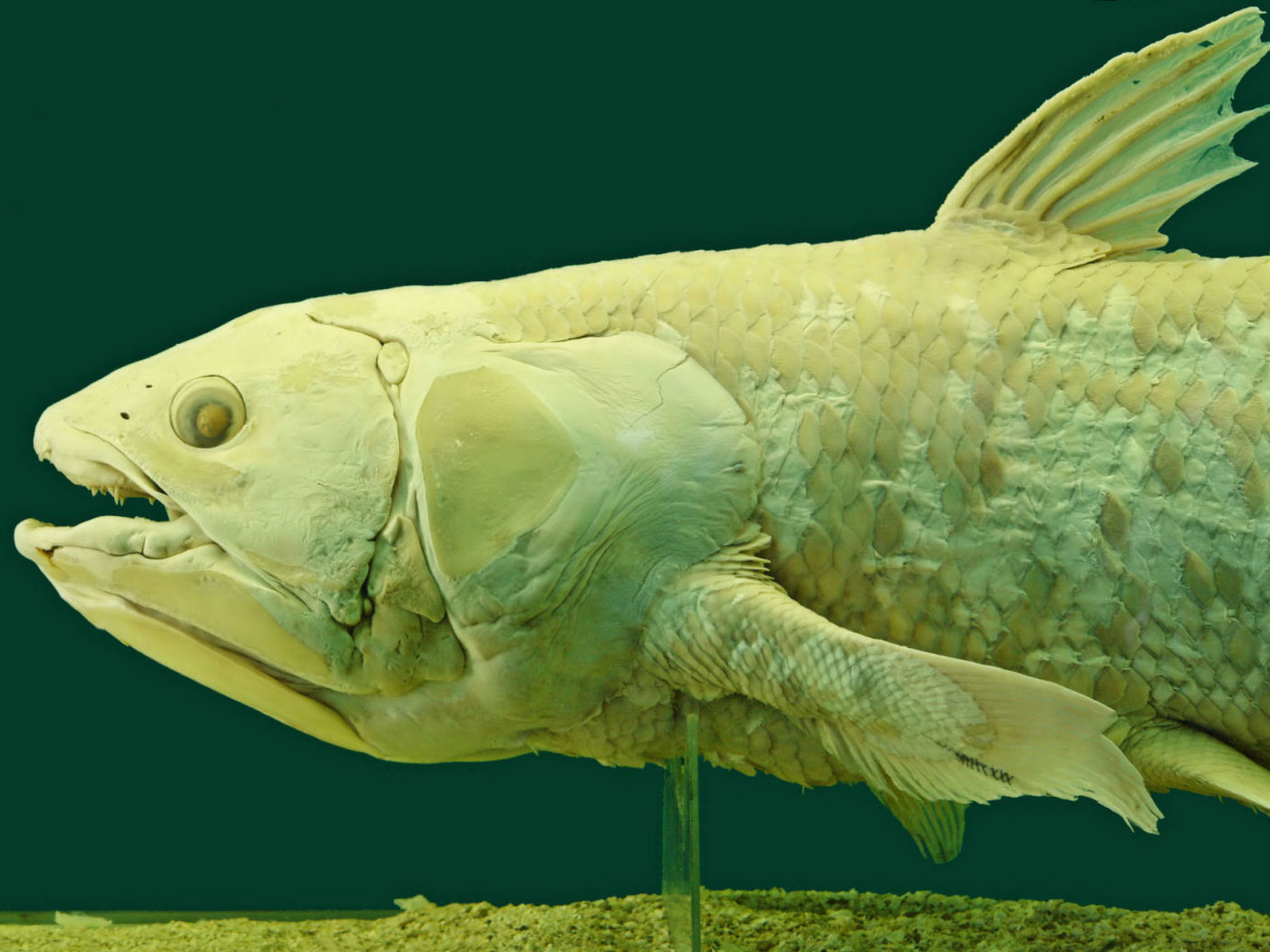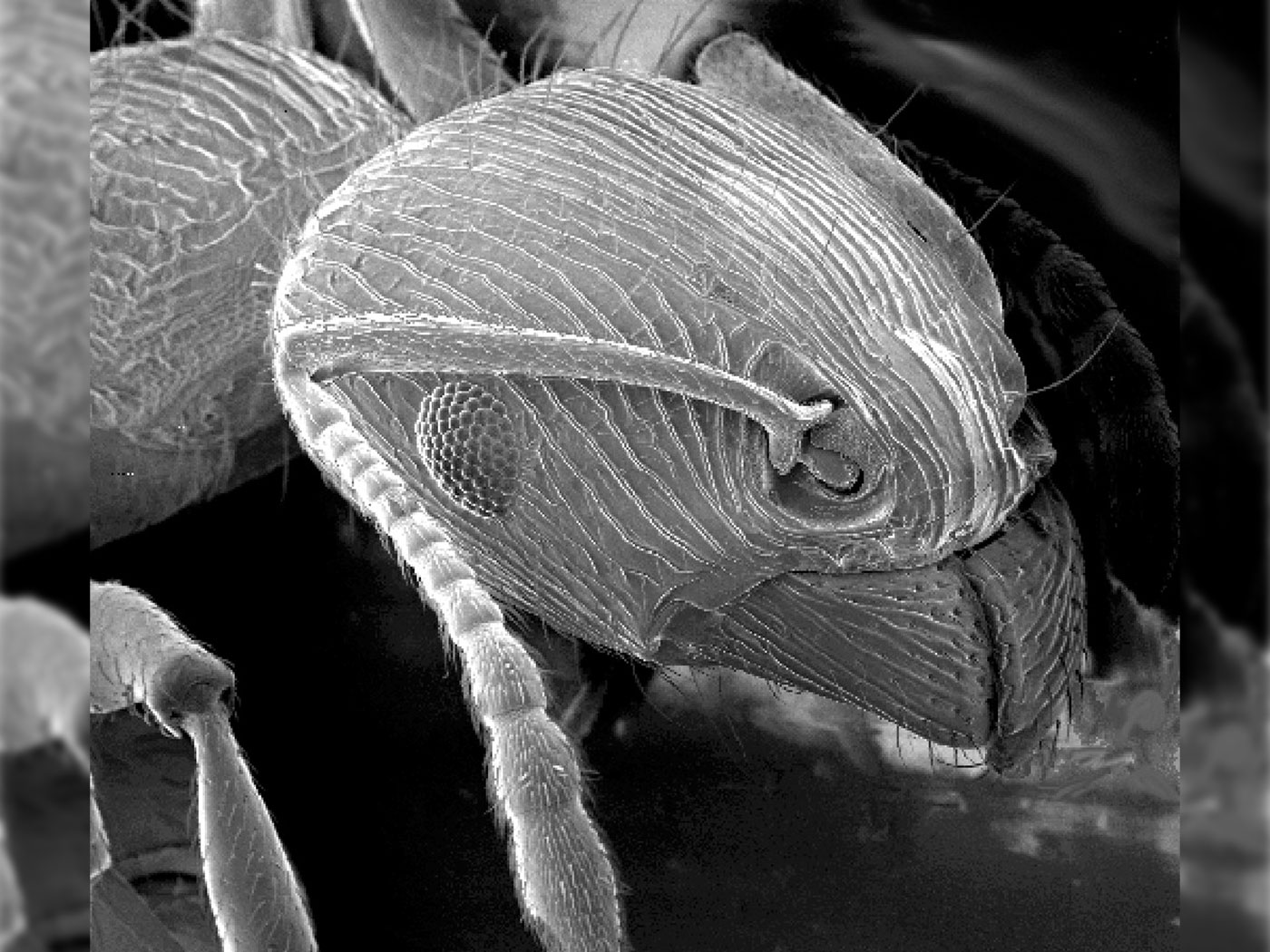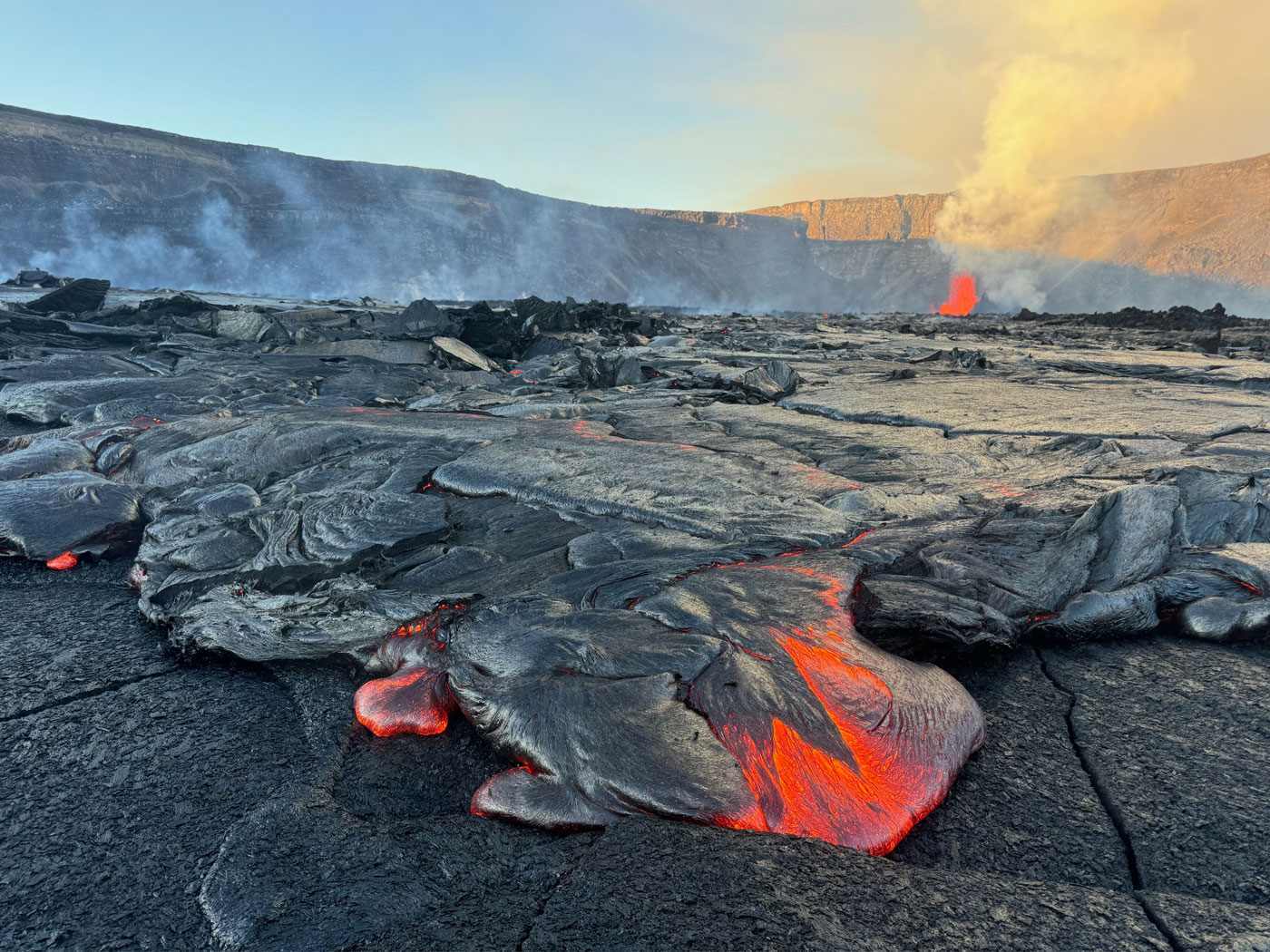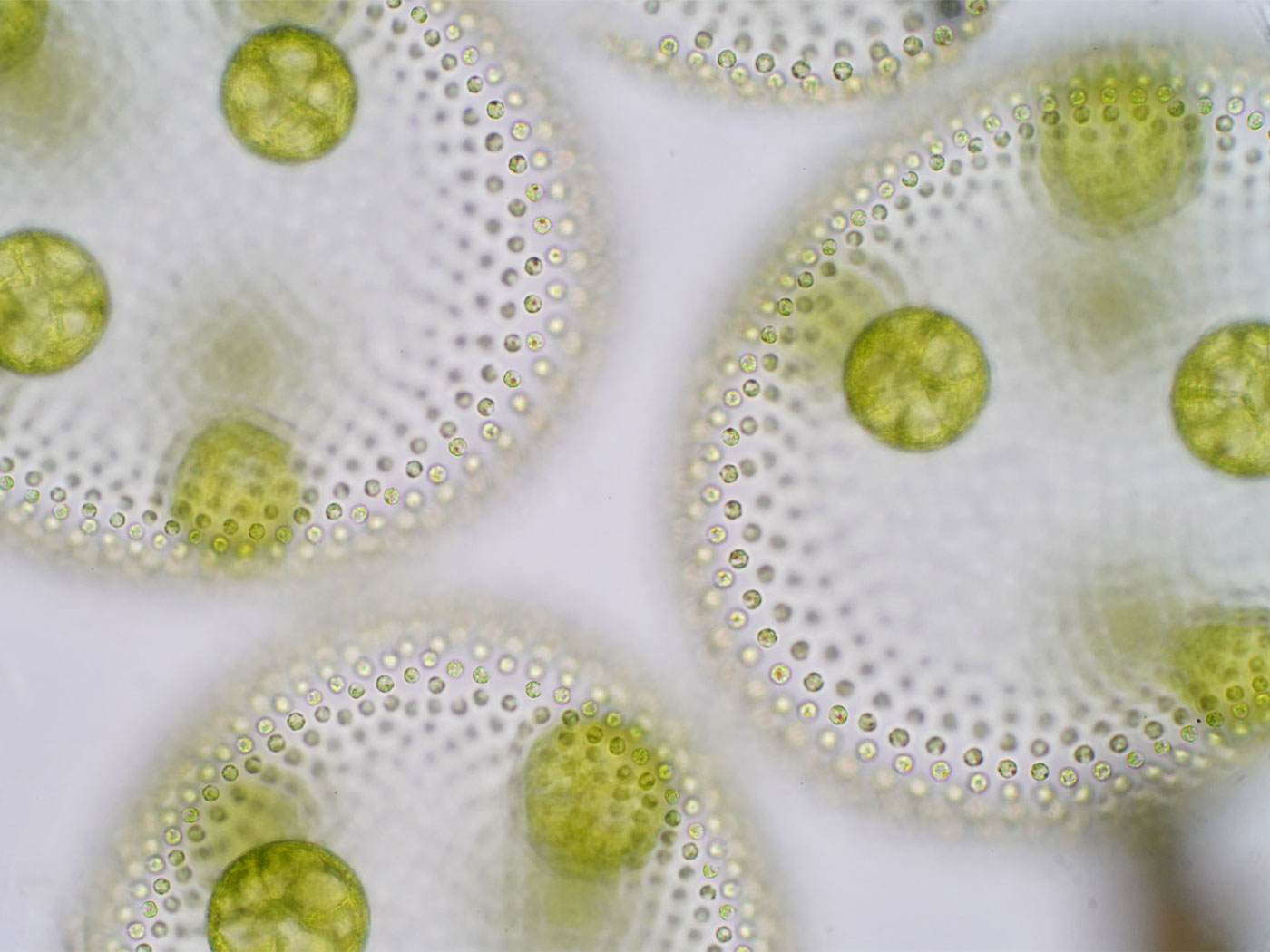“Know ye that the LORD he is God: it is he that hath made us, and not we ourselves; we are his people, and the sheep of his pasture.” (Psalm 100:3)
As we consider that “the invisible things of him from the creation of the world are clearly seen, being understood by the things that are made, even his eternal power and Godhead; so that they are without excuse” (Romans 1:20), we may notice one of the key motivations for those who deny God’s handiwork in crafting our very bodies.
Our psalm says we did not make ourselves. In order to make yourself, you would have to exist before you came into existence. That violates basic logic. Likewise, the assertion that “it is he that hath made us” demands that something outside of us made us. Either nature gets credit or “the LORD,” here translated from Jehovah, which means self-existent or eternal. But nature itself is created. Therefore, God is our Creator, and if God made us, then we are His people, as today’s verse asserts. We should do what He says since He has that kind of authority.
His authority over us is one of those invisible attributes that are clearly seen, being understood by noticing how carefully He crafted our bodies, from speaking lips to fingertips.
What motivates us to suppress the truth of His rightful authority? Our unrighteousness does, not science or any experiment or observation. Indeed, what experiment has ever shown that nature can craft even the simplest biochemical from scratch, let alone a whole, integrated body?
On the other hand, if you “humble yourselves in the sight of the Lord,…he shall lift you up” (James 4:10). When we submit to the authority of our Creator, He “giveth grace unto the humble” (James 4:6-7). BDT
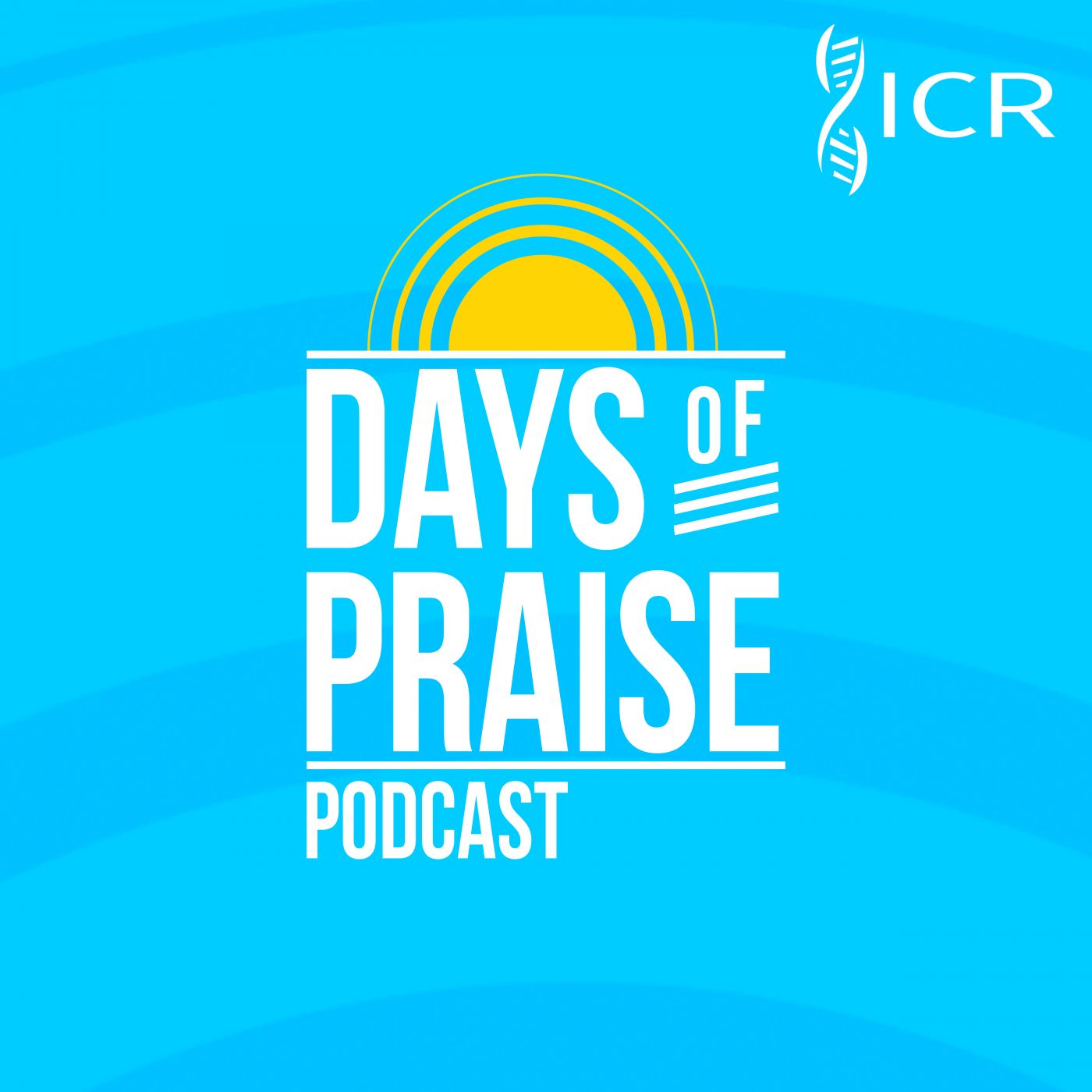
Days of Praise Podcast is a podcast based on the Institute for Creation Research quarterly print devotional, Days of Praise. Start your day with devotional readings written by Dr. Henry Morris, Dr. Henry Morris III, Dr. John Morris, and others to strengthen and encourage you in your Christian faith.











